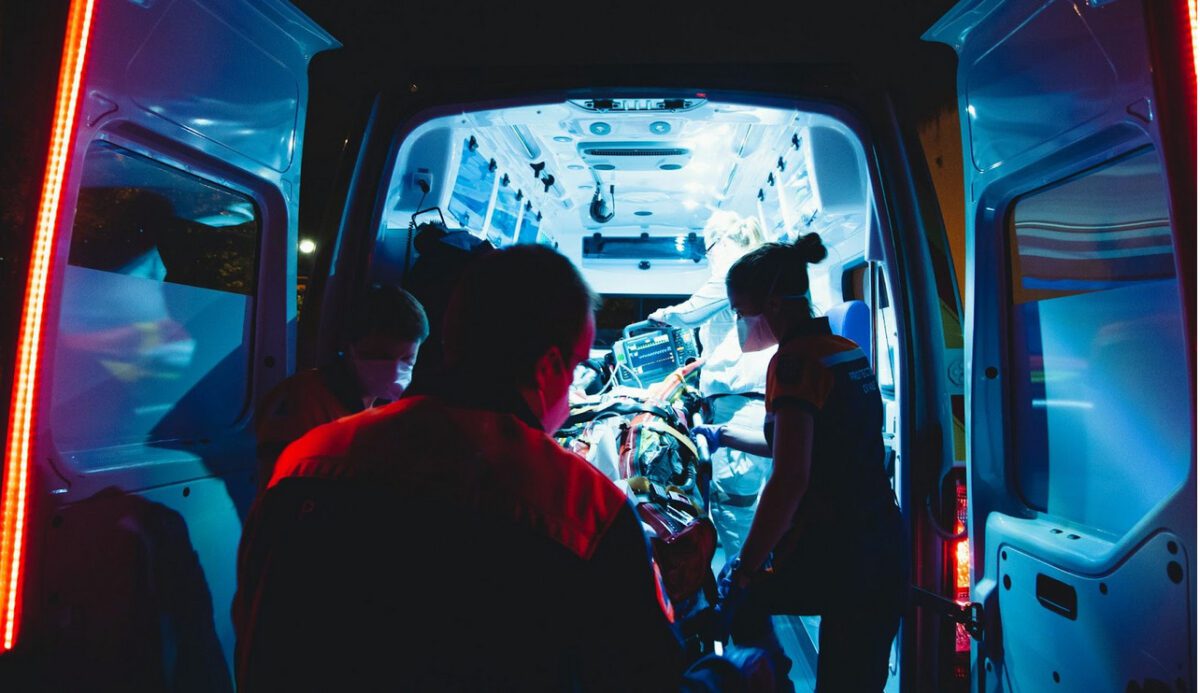Because most claims filed after car accidents are filed and settled directly between insurance companies and the insured, clients need to be prepared before attempting negotiation.
When navigating insurance claims remember to gather as much evidence as possible immediately at the scene of the accident if possible. The evidence that you can collect demonstrating another driver’s responsibility will aid your claim.
Here are ten tips for navigating insurance claim and settlement processes, beginning with preparing documentation to signing on the dotted line after accepting a settlement.
1. Claims Begin at the Scene of the Accident
If you are able, begin by creating an official record of the accident at the scene. If necessary, call 911 and inform the operator if someone has been injured. If police come, all the better, but if they don’t, gather evidence at the scene. This will include photographs, and the contact information of witnesses present.
2. Obtain a Medical Evaluation
If an ambulance is called, allow medical personnel to evaluate your condition. They may note injuries that you do not if you are in shock. If you are not taken to the hospital, contact your primary medical care professional for an examination as soon as possible after the accident, and on the same day if possible. If your care provider is not available, go to an emergency room or an emergency care center. Inform medical personnel where, when, and how you were injured.
Request copies of all medical evaluations and medical documentation that attests to your injuries including photographs. If you postpone medical care, your claim may be denied because the injuries do not appear related to the accident.
3. Inform Your Insurer and the Other Driver’s Insurer
Most auto insurance policies require all drivers to adhere to a “notification and cooperation“ clause that requires you to inform the insurer about all accidents as well as cooperate with investigations. Not respecting this clause may compromise any legitimate claim you have as well as the insurer defending you against claims made by occupants of the other vehicle involved.
Whether you obtain the other driver’s info at the scene or from a police report, send a letter to the other driver’s insurer informing them that you are seeking compensation for medical injuries. The other insurer may reply with a “Reservation of Rights” notification to confirm they have received your claim but without a guarantee of compensation payment.
4. Do Not Sign a Blanket Medical Release or Share Medical Records
Never sign blanket releases or make recorded statements. Do not accept a rapid settlement because it may be a low offer in consideration of what you have endured. Do not accept any compensation offer or negotiate a settlement after a car accident until you have completed all medical treatment for your injuries. Keep medical records private. They should be accessed only by your doctor, your insurer, and you.
5. Plan Your Injury Claim
In no-fault states, lost wages and medical costs are covered by PIP or Personal Injury protection, however, property damage, and pain and suffering, are not. Claims for medical injuries against the driver that caused the accident must be more severe than your state’s injury threshold. If they are severe, you may need an attorney specializing in personal injury to obtain adequate compensation.
You will also need to demonstrate that the other driver caused the accident and that injuries are a direct result of that accident.
6. Establish the Value of Your Claim Before Negotiating and Keep Records of Everything
You need to establish the value of your claim. Begin with tangible costs such as
- Medical costs and bills
- Treatment and therapy costs and invoices
- Pharmaceutical costs
- Lost wages
- Replacement service costs such as babysitters, or anything you have to pay someone to do in your place
- Out-of-pocket and out-of-network medical costs like crutches, wheelchairs, bandages, etc.
Damages to include:
- Pain
- Depression, anxiety, or related mental health condition
- Psychological trauma
- Physical difficulties like not hugging your partner
- Loss of family consortium
If you have suffered a severe injury, you will need an attorney. For minor injuries, add up tangible costs and add a second time to account for pain and suffering damages. Prepare a demand letter formally requesting injury compensation accompanied by a list of and copy of all supporting documents
7. Expect the Other Driver’s Insurer to Attempt to Obtain the Best Settlement for His or Her Company
The insurer may offer a quick settlement to pressure you into closing the deal, but it will most likely not represent the fair value of your injuries. The adjuster may try to rattle you, so be prepared for pressure tactics. Inform the insurer that you will not settle any claim until you have recovered fully from injuries.
8. Never Negotiate a Settlement Beginning with the Insurance Adjuster’s Offer
If the adjuster’s offer is too low, send a new letter refusing it and reiterating your request. If you hope to settle quickly, you may lower your request slightly but never think that you can start from the adjuster’s offer and raise it.
9. Hire a Personal Injury Attorney if the Adjuster is Uncooperative or Unreasonable
If the adjuster is refusing to take your calls or communicate, you may need to hire a lawyer. Often this is sufficient to start up serious negotiations. No one wants a lawsuit as they are lengthy and expensive. Many law firms specializing in car accidents offer a free consultation.
10. Read Before Signing Your Agreement
When the insurer sends you a “Settlement and Release Agreement” perhaps with a settlement check, read it thoroughly to verify that it states conditions accurately and truthfully. Do not sign until you have verified all clauses. Also, do not deposit the check until you are certain of the veracity of the agreement, and you have signed.
Once you sign on the dotted line, the agreement is binding and cannot be rescinded.


